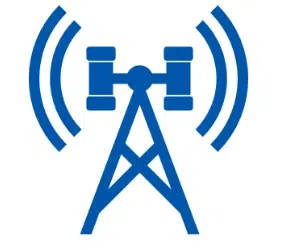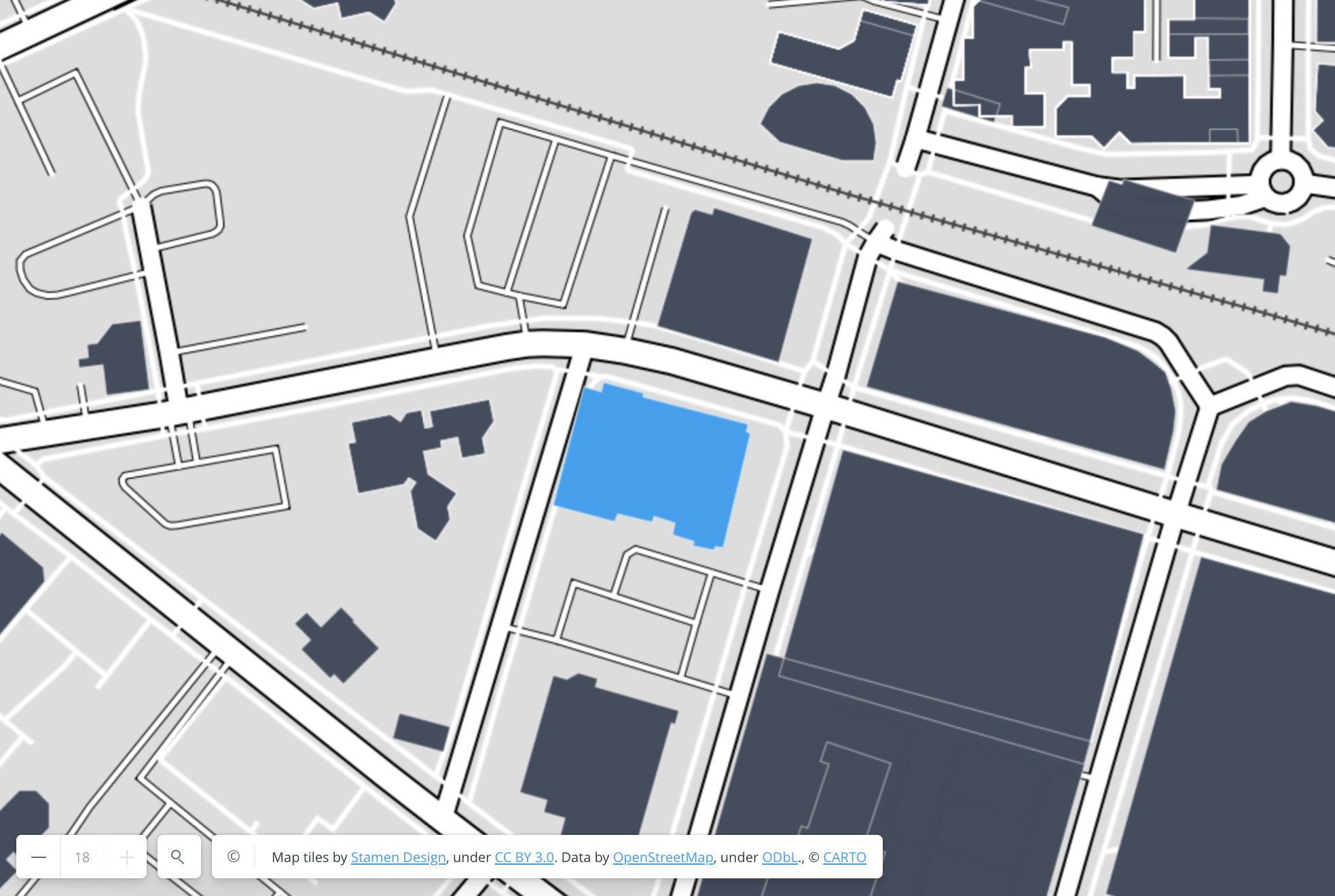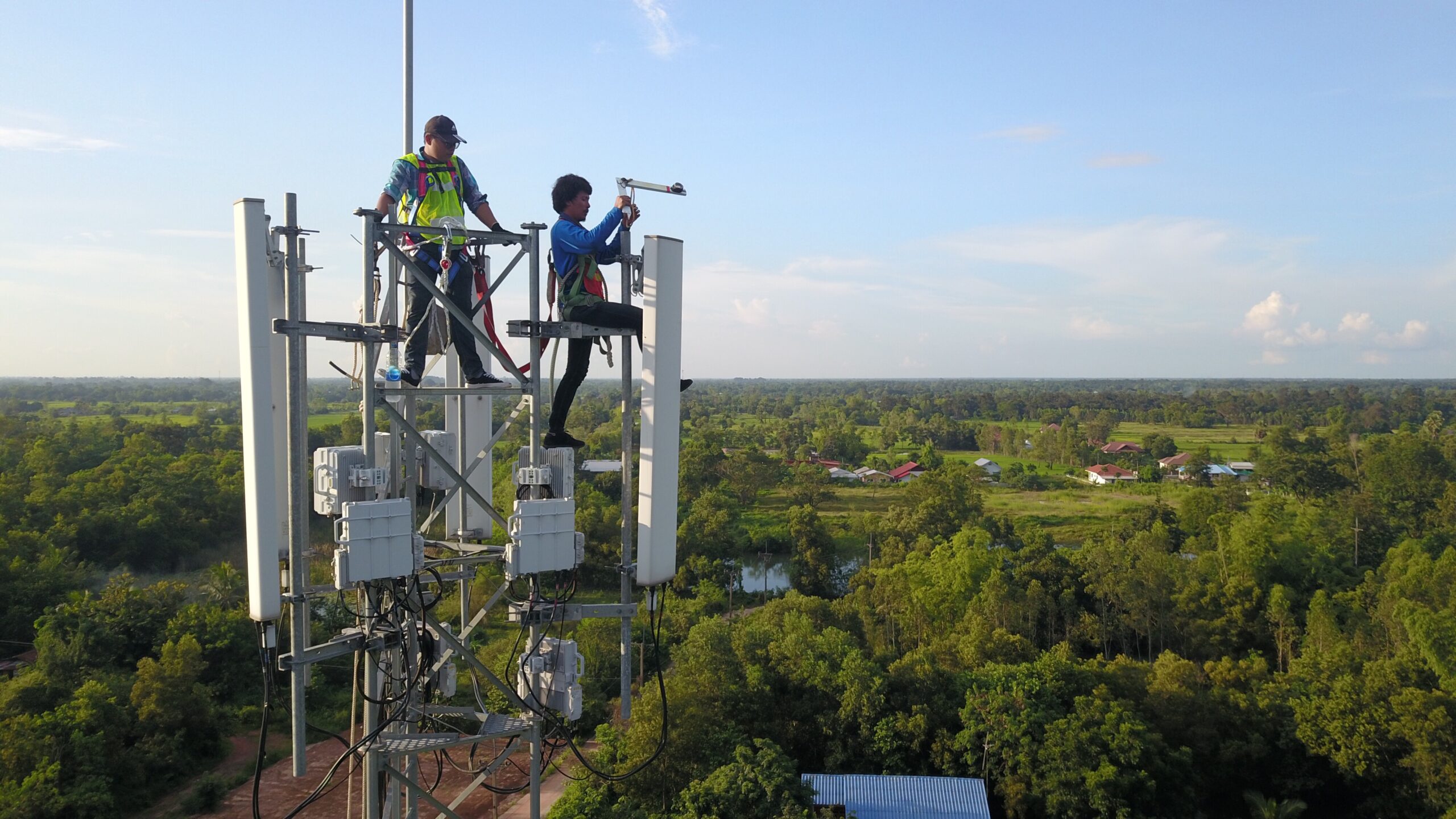A telecommunications easement is a designated area exclusively used for telecommunications purposes, including the installation of cell towers, equipment pads, shelters, and electrical connections. Cell tower easements vary in nature based on two crucial factors: the Length of Term and Easement Type.
Exploring Types of Cell Tower Easements
There are three distinct types of easements that define the specific footprint of the easement area.
Specific Easement:
A specific easement precisely mirrors the footprint of the currently leased area as outlined in the existing wireless leases. The defined area aligns with the square footage specified in the lease, with no additional modifications to the footprint. Essentially, a specific easement resembles a lease assignment, with limited options for investors to add new tenants to the area. This type of easement is generally less favored, as it offers minimal potential for revenue growth for both the tower investor and the site owner.
General Easement:
The general easement is the most prevalent form of easement for rooftop antenna locations. It grants exclusive rights to the entire rooftop area. Tower companies often prefer general easements because they allow for the addition of new tenants to the location. When selling a general utility easement, Site Owners typically receive the highest valuation, which may also include a 50/50 revenue-sharing arrangement for any new tenants added to the rooftop, beyond the scope of the existing specified lease area.
Expanded Easement:
An expanded easement combines the current footprint of the wireless leases (specified easement area) with an additional defined area, typically around 500 additional square feet. This provides a tower company with the flexibility to have a defined area outside of the current leased space, where they can potentially attract new telecommunications tenants. Similar to a general easement, an expanded easement may also involve a revenue-sharing component between the property owner and the tower company, depending on the agreed-upon easement sale value.
Understanding Cell Tower Easement Timeframes (Term)
Easements can have different durations: perpetual (99 years) or fixed term (less than 99 years).
Perpetual Easement:
A perpetual easement is the most common term length for a telecommunications easement due to the tax advantages it offers to the site owner and the extended duration it provides to a tower company.
A 99-year or perpetual easement is regarded by the IRS as a real estate sale, falling under 1031 exchange rules. This allows investors to defer their tax obligations and invest in another like-kind real estate property using the proceeds. The new investment doesn’t necessarily have to involve another cell tower/antenna but must be of a similar property type with equal or greater value.
While some property owners may initially worry about such a long-term easement, it’s advisable to consider either an expanded or general easement with a perpetual term. This ensures that both current and future property owners can continue to earn revenue from any future telecommunications tenants.
Fixed Term Easement:
A fixed term easement is only active for the specified duration outlined in the easement agreement. The fixed term can match the current lease terms or be structured for a specific number of years. Upon expiration, a fixed-year easement typically reverts to either the original Grantors or their heirs. From a long-term financial planning perspective, this allows property owners to leverage an existing buyout while retaining the opportunity to recapture future revenue once the easement term concludes. However, fixed-term easements do not qualify for 1031 exchanges and may require payment of short or long-term capital gains taxes.
Selling a Telecommunications Easement
If you’re contemplating selling your current leases through either a lease assignment or easement, consider requesting an offer to evaluate various options. We can craft a flexible agreement that benefits all parties involved and ensures maximum payout for the site owner.



